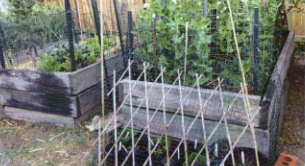Crop Rotation
Article reproduced with permission from Mark Peoples from Earth guide 1977, Food Co-operative and the Conservation Society, University of Melbourne, Australia. Photos: Sue Pavasaris: (Canberra Organic – Summer 2016)

It is said that you should not plant the same crop in the same plot over a number of consecutive years for you are liable to exhaust the soil of one or more nutrients and vegetables size, quality and yield will ultimately suffer. Most people associate crop rotation with overcoming this problem, and although this may be true, rotation plays a much more positive role. It improves the soil, not merely gives it a rest; and more importantly, it is one of the basic ways of controlling insects, disease and weeds without resorting to chemicals.
Insects are for the most part useful creatures and in many cases essential. The whole insect pest problem has arisen because of Man’s insistance in growing monoculture crops at high densities. Obviously by rotating different types of vegetables in the same plot the chance of specific pest and disease build-up is reduced. The same holds true for weeds, some of which will thrive with one crop and be practically incompatible with another.

The major benefit of crop rotation is that it serves to maintain the balance of plant nutrients by alternating vegetables that use large quantities of nitrogen (e.g. corn) with those such as legumes, which actually add nitrogen to the soil. The same holds true for growing a green manure crop that is plowed [sic] under as part of the rotation scheme.
Rotation should be planned intelligently, using a little basic knowledge of the vegetables, you want to grow. Different crops require different levels of nutrition. Celery, cucumbers, pumpkins and all leaf vegetables, including spinach, lettuce and those of the cabbage family require a fairly high level of fertility; however, carrots and parsnips produce better quality harvests with smaller quantities of fertiliser. It is best then to grow these root crops in soil that has been heavily manured for the previous plants.
Vegetables can be considered in the following groups for the purposes of planning and rotation, with any vegetable within a group being followed by one in any other group:
Winter greens: Broccoli, Brussels sprouts, cabbage, cauliflower, silver beet, spinach
Salad greens: Endives, cress Lettuce
Legumes: Beans, peas
Root crops: Beetroot carrot, parsnip, onion, turnip, swede turnip
Tubers: Potatoes
Cucurbits: Cucumber, marrow, pumpkin, squash, melon
Leafy stems: Celery
Other: Tomatoes, eggplant, peppers, sweet corn.

